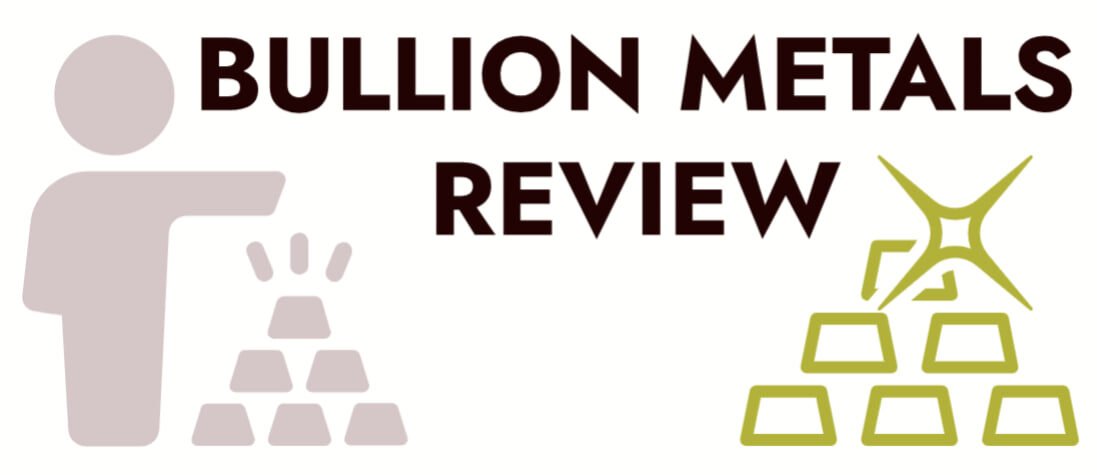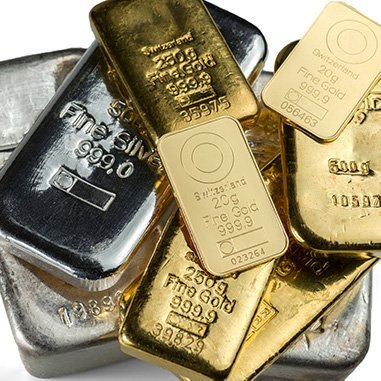Are you looking to diversify your investment portfolio and protect your wealth? In this video, we dive deep into the world of precious metals investing. Whether you’re a beginner or a seasoned investor, this comprehensive guide covers everything you need to know about precious metals. Tips for buying and storing physical metals Choosing the right investment strategy for your goals
Investing in precious metals like gold, silver, platinum, and palladium is an excellent way to diversify your portfolio, hedge against inflation, and protect your wealth. However, buying precious metals requires careful consideration and a strategic approach to maximize your returns and minimize risks. In this article, we’ll discuss smart strategies for buying precious metals, whether you’re a beginner or an experienced investor looking to enhance your investment portfolio.
Why Invest in Precious Metals?
Before diving into the strategies, let’s first understand why precious metals are such an important asset class.
- Hedge Against Inflation: Precious metals, particularly gold, have historically been a store of value. As inflation erodes the purchasing power of currencies, the value of precious metals tends to rise.
- Portfolio Diversification: Adding precious metals to your portfolio can lower your overall investment risk. Their value often moves independently of stocks and bonds, making them an effective tool for diversification.
- Safe Haven Asset: In times of economic uncertainty or geopolitical instability, precious metals are seen as a “safe haven” for investors. They hold their value even when traditional financial markets are in turmoil.
With these benefits in mind, here are the smart strategies for buying precious metals.
1. Understand the Types of Precious Metals
Before making any purchase, it’s essential to understand the different types of precious metals available for investment. The four most commonly traded precious metals are:
- Gold: The most widely recognized and valued precious metal, used both as a store of wealth and for jewelry and industrial purposes.
- Silver: While less expensive than gold, silver has more industrial uses and tends to be more volatile.
- Platinum: Rarer than gold and silver, platinum is often used in automotive and industrial applications.
- Palladium: Another metal commonly used in industry, particularly in catalytic converters for automobiles, and has seen a significant price increase in recent years due to supply constraints.
Each metal has its pros and cons, so it’s important to align your investment goals with the type of metal you purchase.
2. Buy Physical vs. Paper Assets
When investing in precious metals, you have two main options: physical assets and paper assets. Each has its advantages and disadvantages.
Physical Metals:
- Coins, Bars, and Bullion: Buying physical metals gives you direct ownership. Gold and silver coins, as well as bars, are the most common ways to invest in physical metals. This method is best for long-term investors looking to hold onto assets as a store of value.
Pros:
- You own a tangible asset.
- No third-party risk (if you store it securely).
- A good hedge in times of extreme economic distress or currency collapse.
Cons:
- You’ll need secure storage (whether at home or through a third-party vault).
- Higher premiums on physical products compared to paper assets.
Paper Metals:
- ETFs (Exchange-Traded Funds): ETFs allow you to buy shares that track the price of a precious metal without owning it physically. These are highly liquid and easy to trade.
- Mining Stocks: Another option is investing in companies that mine precious metals. These stocks are often more volatile but can provide greater returns when prices rise.
Pros:
- Easier to buy and sell.
- No need for physical storage.
- Lower transaction costs compared to buying physical metals.
Cons:
- No direct ownership of the metal.
- Dependent on third-party institutions and market conditions.
Smart Tip:
If your goal is wealth preservation and a hedge against economic crises, owning physical metals is the better choice. If you’re looking for short-term gains or easier liquidity, paper assets like ETFs and mining stocks might be a better fit.
3. Diversify Within the Precious Metals Market
Just as you diversify your broader investment portfolio, it’s also wise to diversify within the precious metals market. Instead of putting all your money into gold, for instance, consider a combination of metals like silver, platinum, and palladium to balance risk and potential return.
- Gold: A safe and stable long-term investment.
- Silver: More volatile but also more affordable, with strong industrial demand.
- Platinum and Palladium: More speculative but with significant upside potential, especially due to their use in industrial applications like car manufacturing.
Diversifying across multiple metals can provide you with a more balanced exposure to the precious metals market.
4. Time Your Purchases Wisely
Timing is everything when it comes to buying precious metals. Prices can be volatile, particularly with silver and palladium. While it’s impossible to perfectly time the market, there are a few strategies to help you make smarter purchases:
- Dollar-Cost Averaging (DCA): Instead of making one large purchase, spread your buying over time. This reduces the risk of buying at a market peak. By investing a fixed amount at regular intervals (e.g., monthly or quarterly), you’ll average out the cost and avoid getting caught in price fluctuations.
- Monitor Market Trends: Keep an eye on macroeconomic trends like inflation rates, central bank policies, and geopolitical tensions. Precious metal prices tend to rise during periods of uncertainty, so staying informed can help you make timely investments.
Smart Tip:
Don’t try to “time” the market perfectly. Instead, focus on long-term goals, and use dollar-cost averaging to minimize risk.
5. Buy from Reputable Dealers
If you’re buying physical metals, it’s crucial to buy from reputable dealers. With the rise of online marketplaces, there are many opportunities for scammers to sell counterfeit products. Here’s how to avoid getting duped:
- Research the Dealer: Make sure the dealer is well-known, has positive reviews, and is accredited by a reputable industry organization like the American Numismatic Association or the Professional Numismatists Guild.
- Check Product Authenticity: When purchasing gold or silver, make sure the product comes with a certificate of authenticity. Look for well-known brands like American Eagles (gold) or Canadian Maple Leafs (silver).
- Watch for High Premiums: Some dealers may charge excessive premiums for coins or bullion. Compare prices with other dealers to ensure you’re getting a fair deal.
Smart Tip:
If you’re new to buying precious metals, start with small purchases to familiarize yourself with the market and the process.
6. Consider Storage and Security
Owning physical precious metals means you’ll need to think about storage. There are two main options:
- Home Storage: You can store metals at home in a safe, but this exposes you to the risk of theft. If you choose this route, invest in a high-quality safe and make sure your home insurance covers valuable items.
- Vault Storage: For larger amounts, professional vault storage is a more secure option. Many dealers offer storage services, or you can use a third-party company. While this adds to your costs, it provides peace of mind and better security.
Smart Tip:
If you’re storing precious metals at home, don’t tell too many people about your holdings, and consider a decentralized storage strategy.
7. Stay Informed and Adapt
The precious metals market is influenced by a variety of factors, including economic conditions, geopolitical events, and industrial demand. To make smart buying decisions, it’s important to stay informed. Follow market news, subscribe to precious metal newsletters, and consider consulting with a financial advisor who specializes in commodities.
Smart Tip:
Be flexible with your strategy. The economic landscape can change quickly, and it’s important to adapt your approach as needed to stay ahead.
Conclusion
Investing in precious metals can be a smart way to preserve wealth, hedge against inflation, and diversify your investment portfolio. By understanding the different types of metals, choosing between physical and paper assets, diversifying within the market, timing your purchases, and ensuring secure storage, you can make informed decisions that maximize your returns and minimize risks. Whether you’re buying gold, silver, platinum, or palladium, these smart strategies will help you navigate the precious metals market with confidence.
Open a FREE Bullion Vault account today with no obligation to trade! *BONUS* Sign up now and receive a risk-free 1/8 oz (4g) of silver to kickstart your journey into precious metals investing






Comments (2)